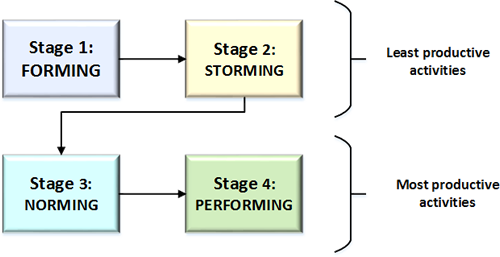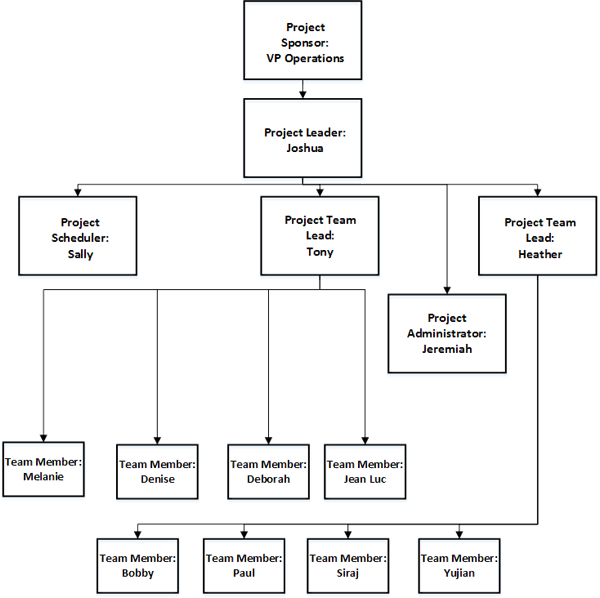Part 1 of 5
A number of years’ ago we wrote a two part article and case study on the Five Stages of Team Development. You can read them here: Part 1 and Part 2. This past article and case study on the Five Stages of Team Development will provide some background information about the stages of team development.
This case study (in five parts) will be focused on a team leader’s challenge of leading his team through the four stages of team development and how the challenges were addressed, keeping in mind the stages of team development.
This team leader, who we’ll call Joshua for the purposes of this story, is a coaching client of Abudi Consulting Group. Joshua was challenged with leading a very difficult team for a strategic initiative – that could not fail. We’ll share in this case study some best practices for moving a team through the first two difficult stages of team development (where the team is least productive) to get them to a point where they are a high performing team.
Through this case study we’ll discuss Joshua’s challenges through the four stages of team development depicted in Exhibit 1.

Exhibit 1
Background Information
Joshua has been working for a pharmaceutical organization for over 5 years. The organization had 5 offices throughout the United States and in Canada. Headquarters was on the East Coast and this is where Joshua is based. Most recently Joshua has been leading a number of projects within the organization. This has entailed his reporting structure changing and Joshua reporting up the VP of Operations. Many of the initiatives Joshua has handled since reporting to the VP of Operations have been significant projects, but not projects where he felt significant pressure. He felt comfortable throughout the projects building his skills in leading initiatives and engaging the team. Yes, problems arose, but they were easily handled overall.
Joshua was then assigned what he called, “the project of a lifetime!” Joshua had the opportunity to lead a team of twelve to accomplish a strategic initiative in the organization. This initiative would reexamine all business processes with the goal of improving how the work gets done through increased efficiencies prior to opening another four locations in Europe and Asia.
The project sponsor, the VP of Operations, was confident that Joshua was the best person to lead this initiative given his success on other initiatives. However, he also knew that this could be a stressful project and therefore brought on Abudi Consulting Group in order to provide Joshua guidance as conflicts and other problems arose as well as to be a sounding board for Joshua. It was important to the VP of Operations that this initiative was a success for Joshua and for the organization.
The Team Members
The team that Joshua was tasked to lead was comprised of individuals from throughout the organization. The team structure is shown in Exhibit 2.

Exhibit 2
Table 1 provides some background information on each team member.
|
Name |
Office Location |
Years with Org. |
Additional Information/Experience |
|
Sally |
East Coast |
6 |
|
|
Tony |
West Coast |
15 |
|
|
Heather |
West Coast |
5 |
|
|
Jeremiah |
Mid-West |
1 |
|
|
Melanie, Bobby, and Paul |
Mid-West |
5 (years each) |
|
|
Jean-Luc |
Southeast |
10 |
|
|
Denise, Deborah |
East Coast |
2 (years each) |
|
|
Siraj |
East Coast |
15 |
|
|
Yujian |
Southeast |
10 |
|
Table 1
In reviewing the information he gathered about his team, Joshua knew that it was important to enable this team some time to get to know each other and figure out how they would work together.
Stay tuned for Part 2: Forming: Getting the Team Together for the First Time
Future parts of this case study:
- Part 3: Storming!
- Part 4: Getting the Team to High Performing
- Part 5: Lessons Learned in Team Development


